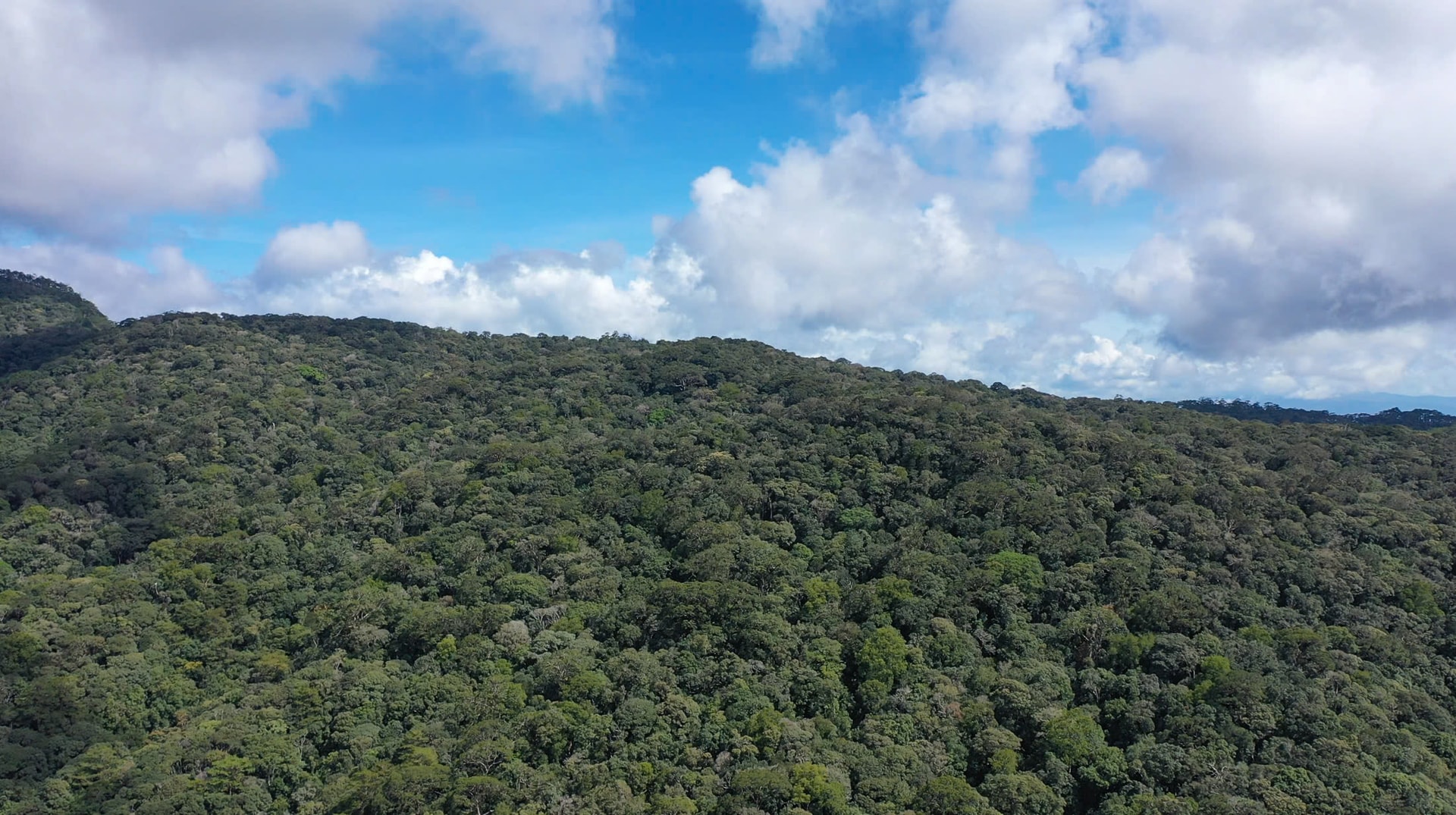
From Hiep Thanh commune, passersby can easily see the red pine population growing tall and green all year round on Voi mountain range. Mr. Tran Manh Truong, Head of the specialized Forest Protection Management Station No. 1 of Hiep Thanh commune, said that the red pine population at Voi mountain currently has about 224 trees, located on an area of about 400 hectares distributed in 2 sub-areas 268 and 277A of Duc Trong Protective Forest Management Board - under the administrative boundary of Hiep Thanh commune.
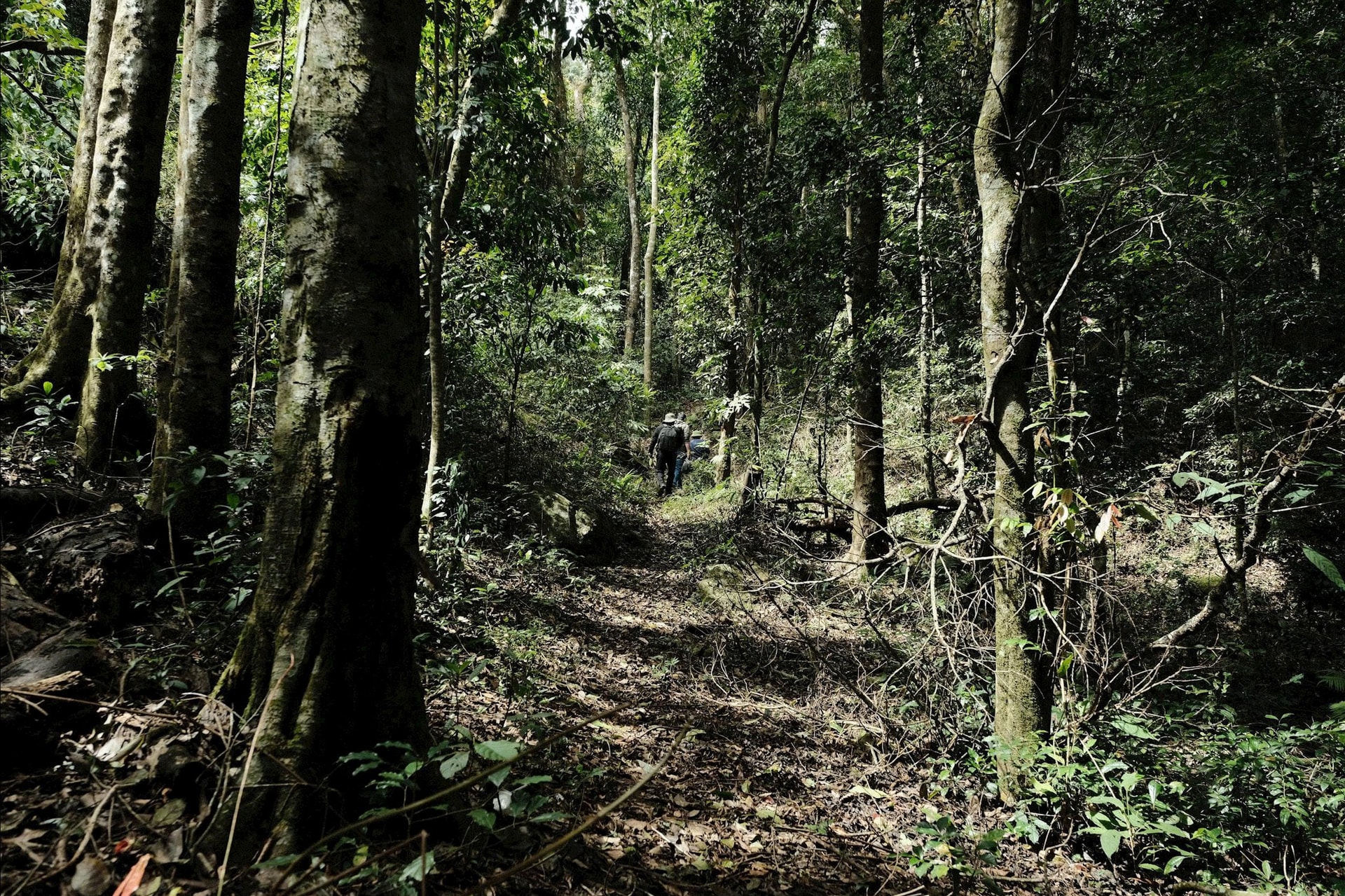
Red pine is a tree species belonging to “group IA”, an endemic species listed in the Vietnam Red Book. They are classified as requiring strict protection. Because this is a precious wood, illegal loggers keep eyeing it, which puts more pressure on forest protection work.
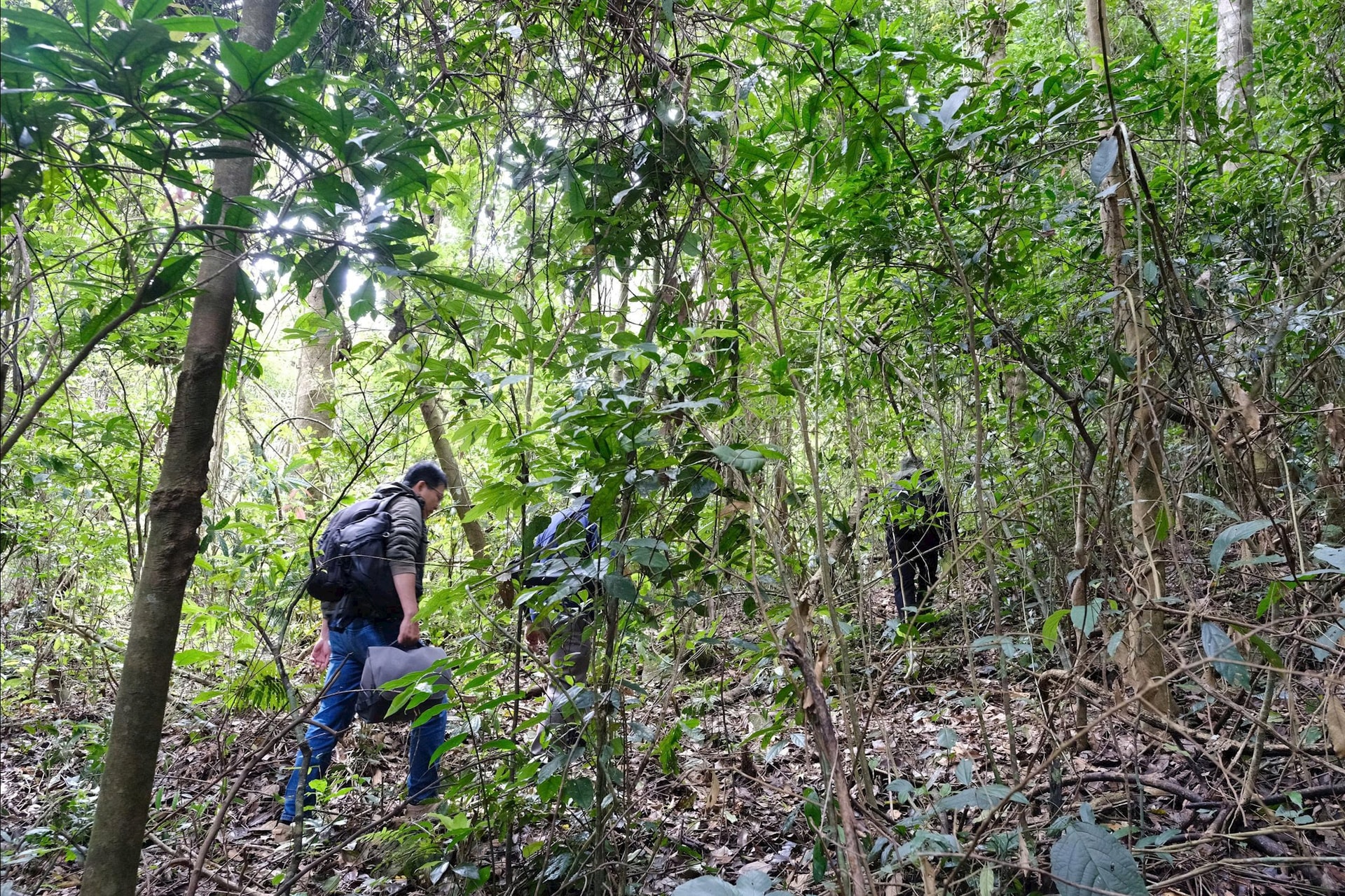
Following the households participating in the contract at the Specialized Forest Protection Management Station No. 1, we crossed the hills in Darahoa village. The patrol team was led by Mr. Kon Sa Ha Ri. Moving about 2 km more through the forest, the ancient red pine trees appeared one after another, they were still intact. Dozens of red pine trees towered 25 - 30 meters high, the old tree trunks had rough bark, so large that 3 - 4 people could not hug them.
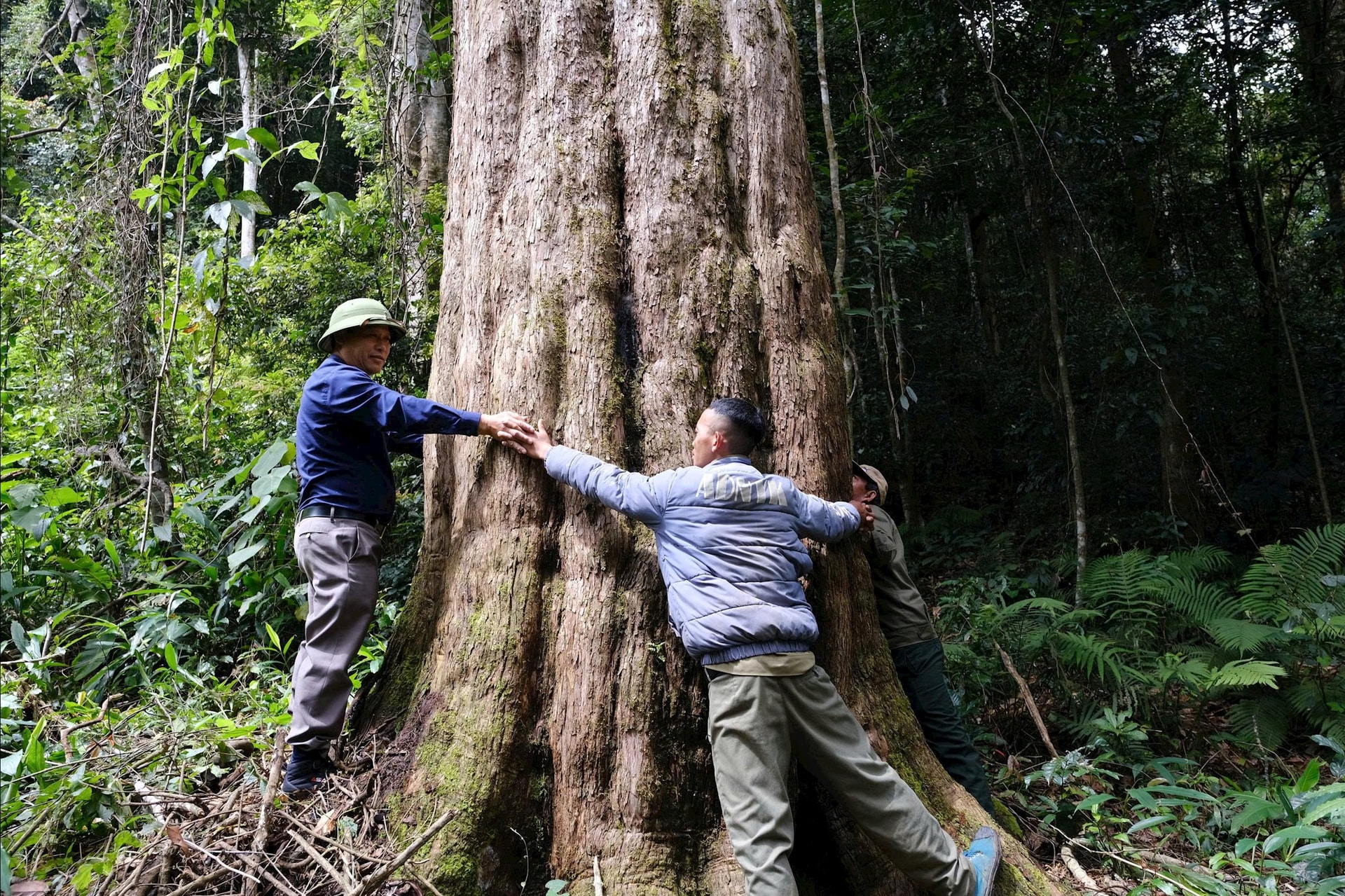
Following the trail, the inspection team continued to move towards the top of Voi Mountain. Every few dozen meters, the team encountered many more large red pine trees lying in clusters of 5-7 trees, each tree about 30 meters apart.
During their patrols, forest rangers also carry GPS devices and tape measures to measure and mark the coordinates of the massive red pine trees.
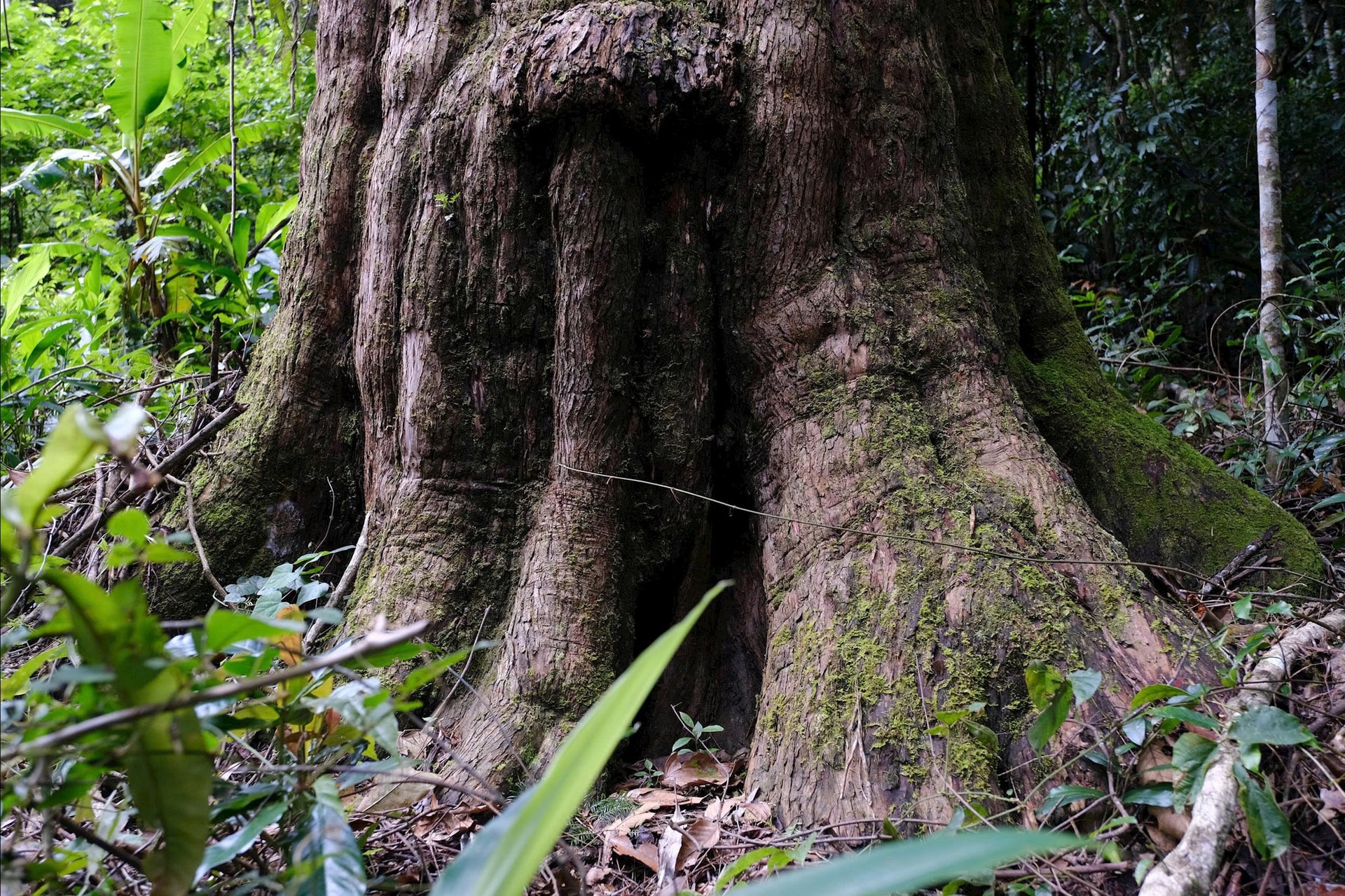
Mr. Kon Sa Ha Ri shared that when the red pine population in the Voi mountain area was included in the Vietnam Red Book and listed by the Government as a "specially protected plant", the patrol and protection activities were carried out more frequently by the members of the team.
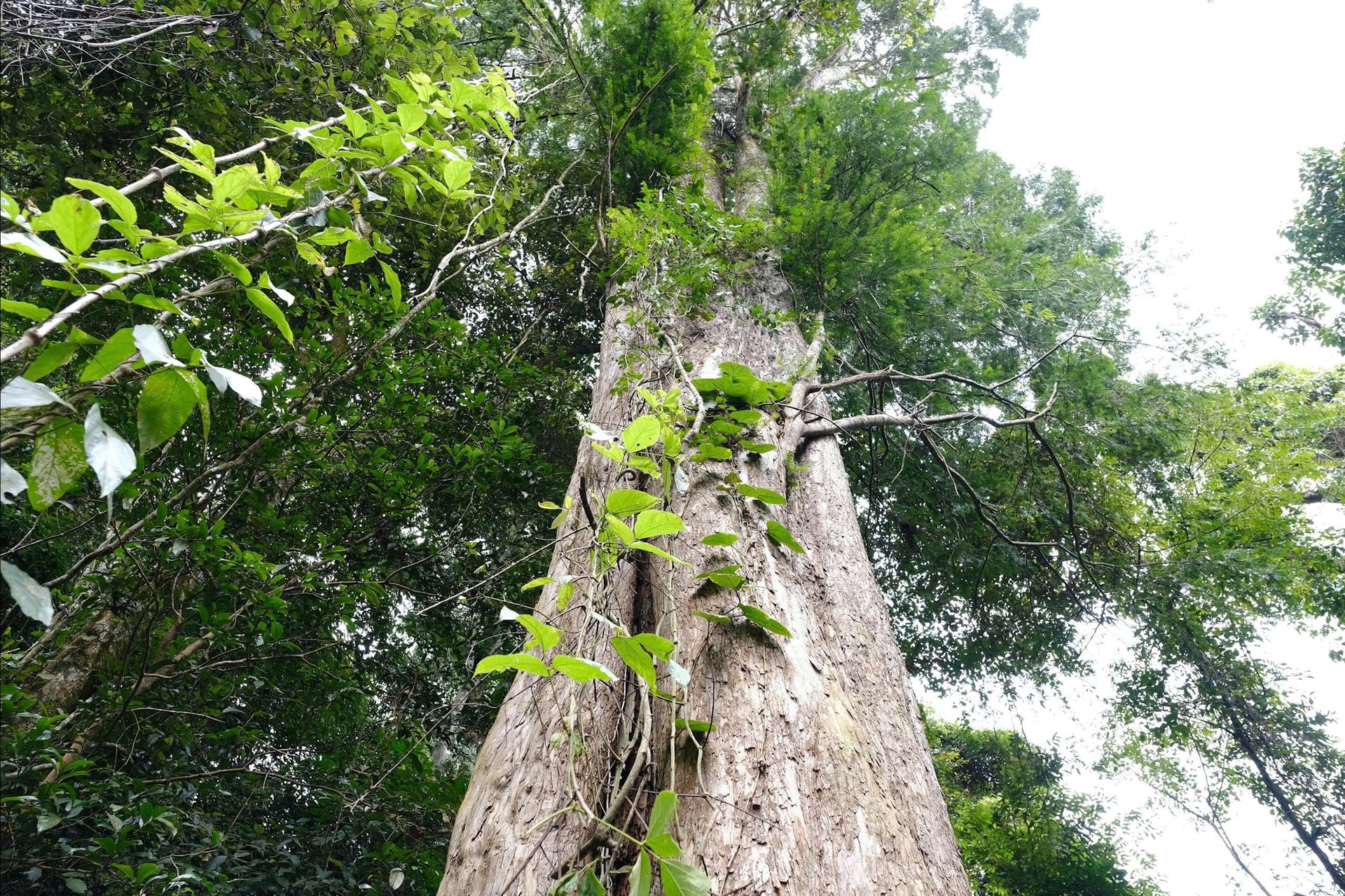
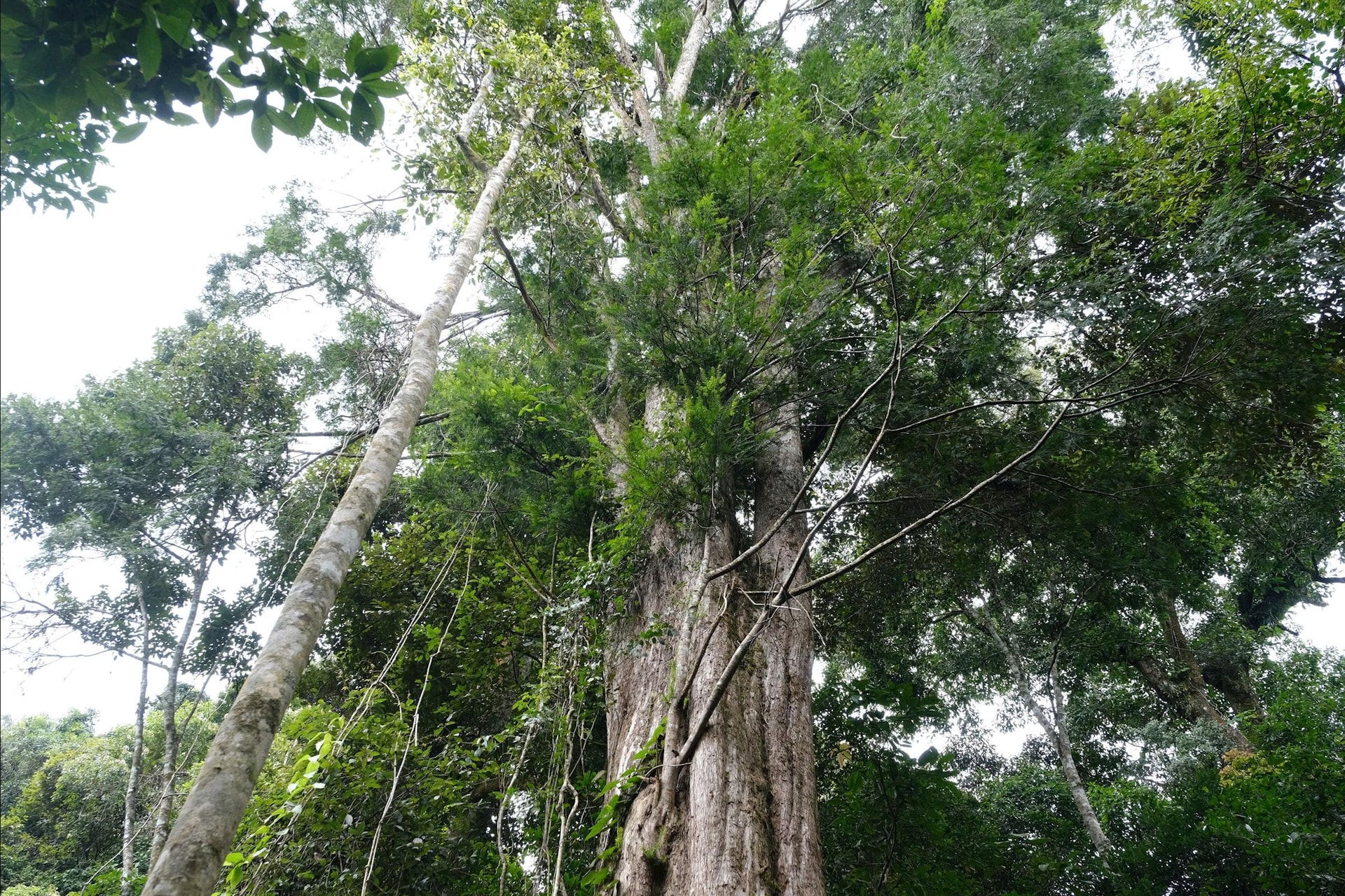
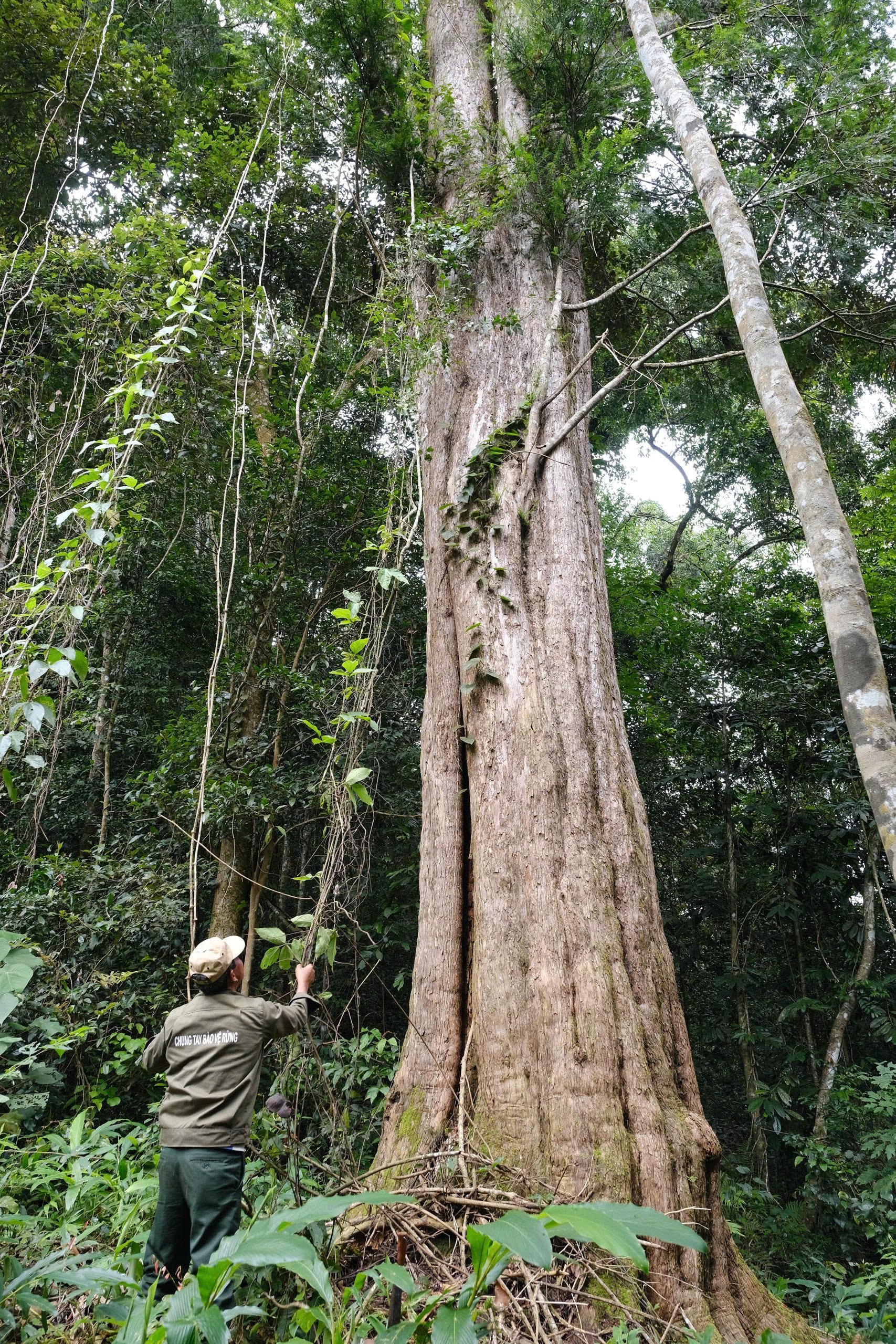
To protect the red pine population at Voi Mountain, the contracted team increased patrols and set up posts in the forest, assigning members to be on duty 24/7 to be ready to handle any violations that may occur.
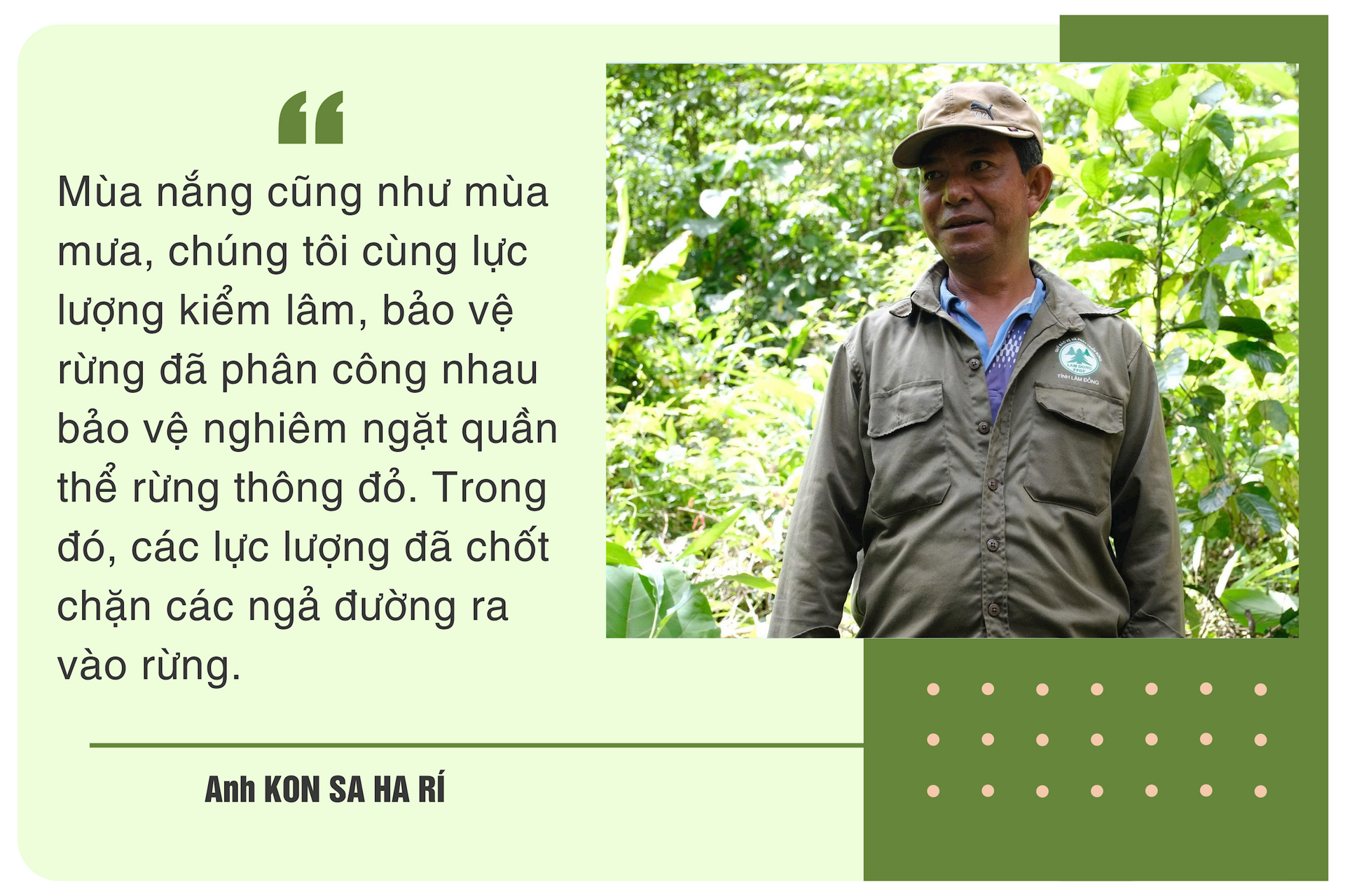
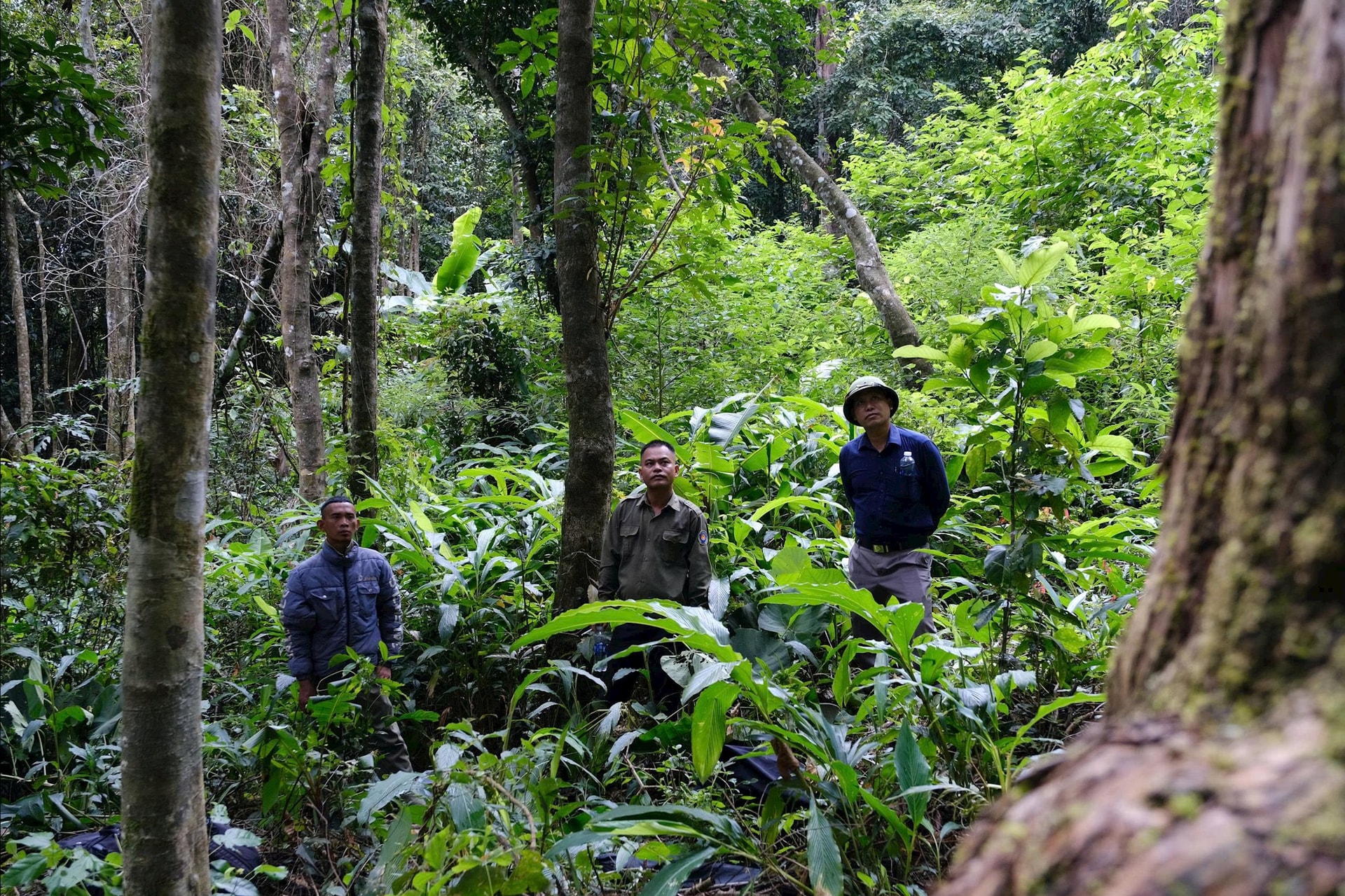
According to Station Chief Tran Manh Truong, although the red pine population at Voi Mountain is currently safely protected, there are still potential threats to this red pine forest in the future because its value is too great.
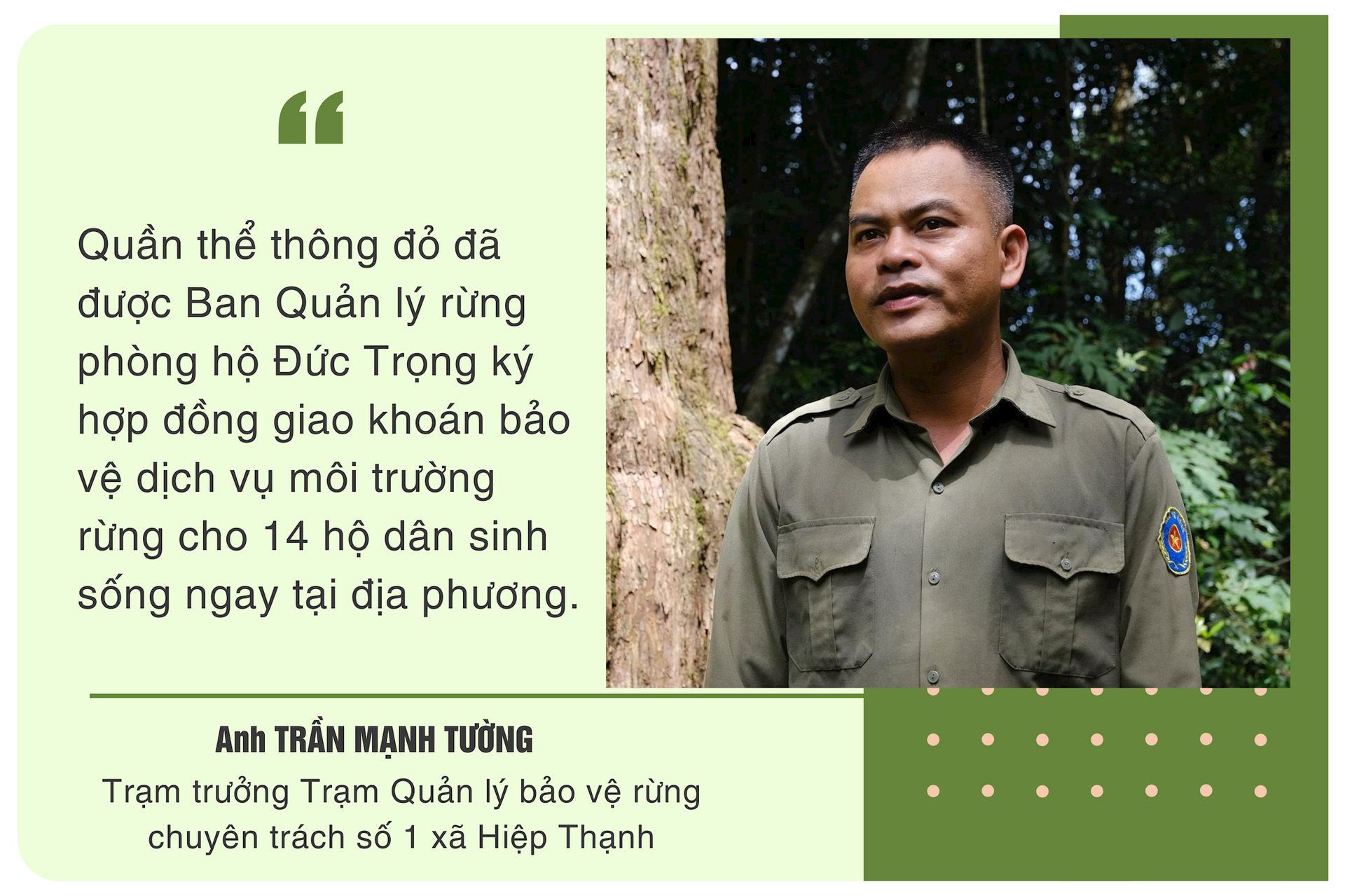
Currently, the forest areas in 2 sub-zones 268 and 277A, where the red pine population is located, have been contracted by Duc Trong Forest Protection Management Board to provide forest environmental services to 14 households. These are local ethnic minority households living at the foot of Voi Mountain, so it is very convenient for forest protection in general and the red pine population in particular.
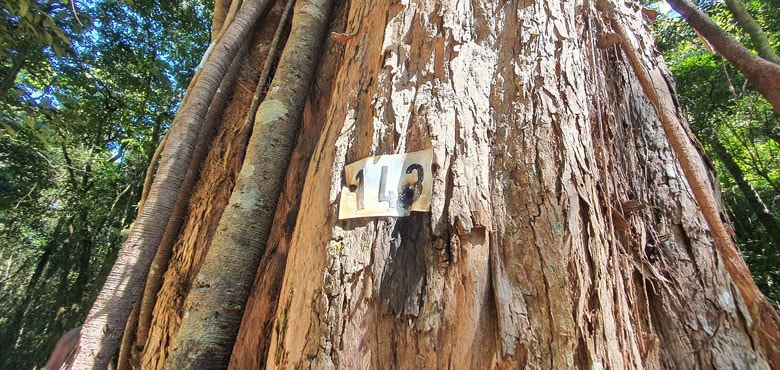
Every day, the staff of the No. 1 specialized Forest Protection Management Station will work with the contracted households to patrol the forest (4 households/1 shift) according to the assigned schedule. In addition, we also focus on building an information network at the grassroots level so that the units can promptly prevent incidents from arising. Thanks to continuous patrolling, the situation of encroachment and impact on the red pine population has not occurred.
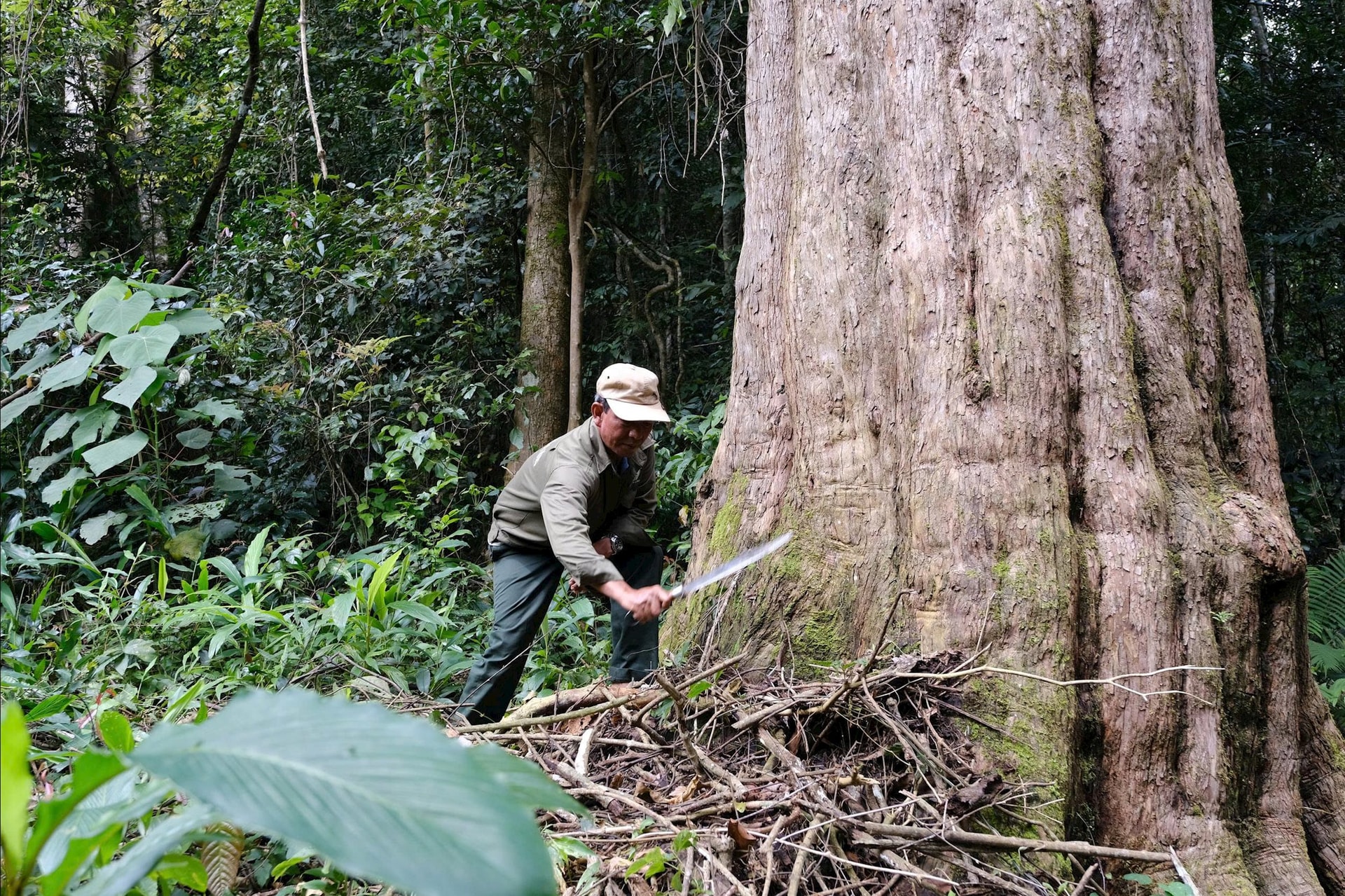
Red pine (Taxus wallichiana Zucc), listed in the Vietnam Red Book (2012), is an endemic, rare plant species, distributed in a narrow range of Lam Dong province, belonging to group IA in the List of endangered, precious and rare forest plants and animals.
Mr. Vuong Van Dung, Deputy Head of Duc Trong Forest Protection Management Board said.
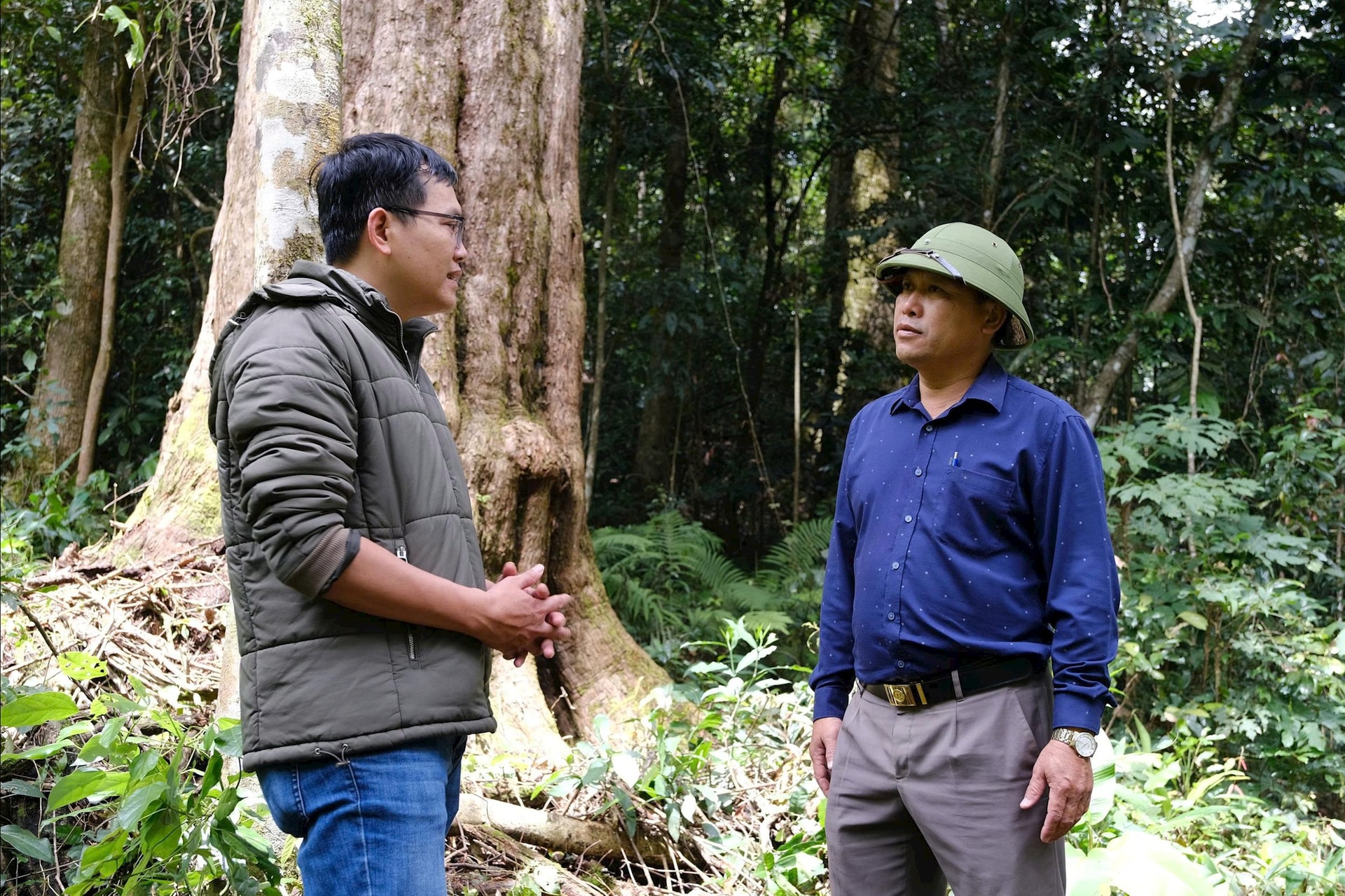
“Regarding Red Pine, the Forest Protection Department has identified it as an endangered, precious, and rare species as stipulated in Decree No. 32/2006/ND-CP dated March 30, 2006 of the Government on the management of endangered, precious, and rare forest plants and animals (classified in group IA in the List of forest plants and animals); a species of special scientific value, with a very small population in the wild, and it is strictly prohibited to exploit and use for commercial purposes; according to the Vietnam Red Book (2007), Red Pine is classified as endangered (VU) with a high risk of extinction in the wild”.
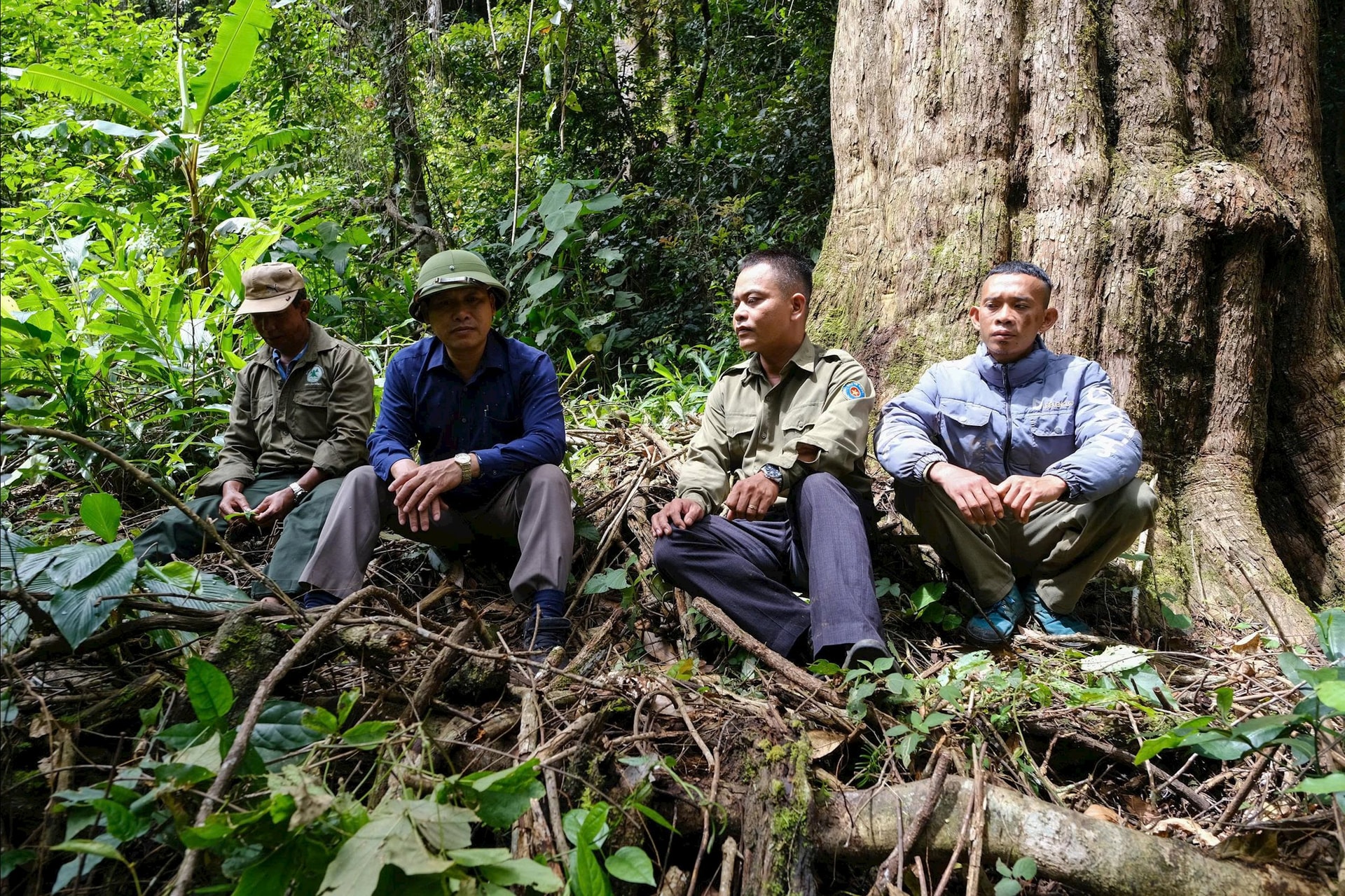
Currently, the province has no specific protection measures for the red pine species, only implementing measures to assign management and protection together with other forest species from the budget or from forest environmental service payments. This level of funding only links a small part of the State's budget with the people's responsibility in forest protection, so it has not encouraged people to preserve and develop forests, including red pine forests.

Particularly in the Elephant Mountain area, the red pine population is at risk of decline because it is scattered and fragmented, so the red pine population is increasingly genetically degraded. Moreover, due to growing mixed in evergreen broadleaf forests, most mature red pine trees are often squeezed by vines clinging to the trunk and other tree species, competing for space and nutrition, so the red pine trees have poor quality, are susceptible to pests and diseases, and are hollow; the regeneration situation is very low and unevenly distributed. Research on red pine propagation is mainly by cuttings, the main purpose is to provide raw materials for processing medicinal herbs; there is no research on propagation by seeds to serve conservation work.
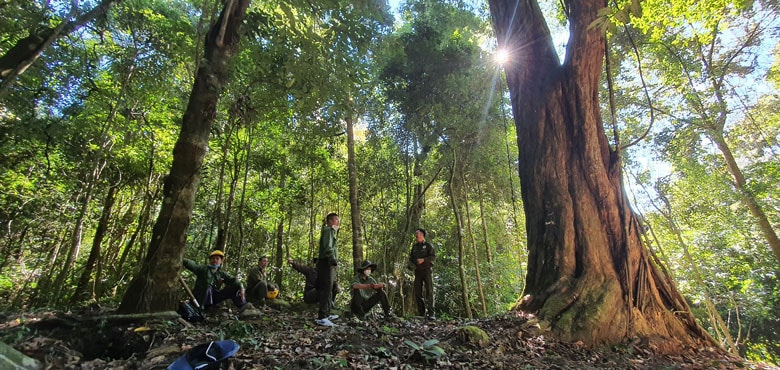
Although the population of red pine trees in Hiep Thanh commune is quite large, it is being effectively protected and protected by the people. In the situation where the Central Highlands forests are continuously being destroyed, the amount of rare and precious wood is gradually disappearing due to illegal loggers, the fact that ethnic minorities in Darahoa village, Hiep Thanh commune, together with functional forces and local authorities, have raised awareness of preserving and protecting the population of red pine trees, a tree species with rare genetic resources for future generations, is a very valuable and appreciated work.
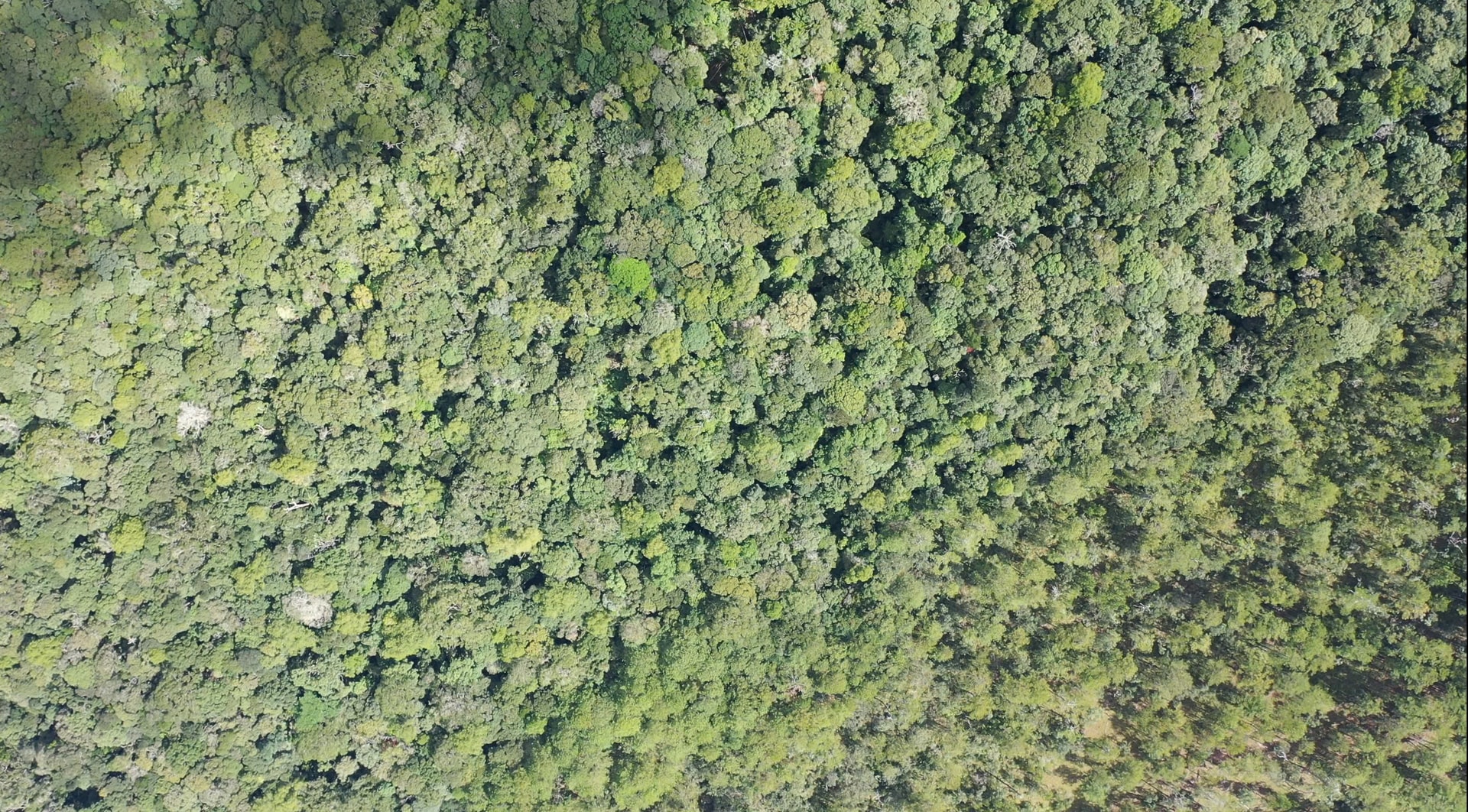
However, to preserve and develop the above red pine population, it is thought that the State should have a conservation policy to encourage forest owners as well as people to protect it better and better. In addition, it is necessary to build and implement a project to manage, protect, promote natural regeneration, and improve the quality of existing red pine forests that are scattered and scattered.
Source: https://baolamdong.vn/tham-lang-giu-rung-thong-do-tram-tuoi-391341.html



![[Photo] Inside the Imperial Academy relic of Hue Citadel before the hundred billion dollar restoration](https://vphoto.vietnam.vn/thumb/1200x675/vietnam/resource/IMAGE/2025/9/18/77fd186af68341b1a8bffd072fa896a6)


![[Photo] National Assembly Chairman Tran Thanh Man begins attending AIPA-46 activities](https://vphoto.vietnam.vn/thumb/1200x675/vietnam/resource/IMAGE/2025/9/18/73487ff8ed57412eab9211273946c14d)

































































































Comment (0)